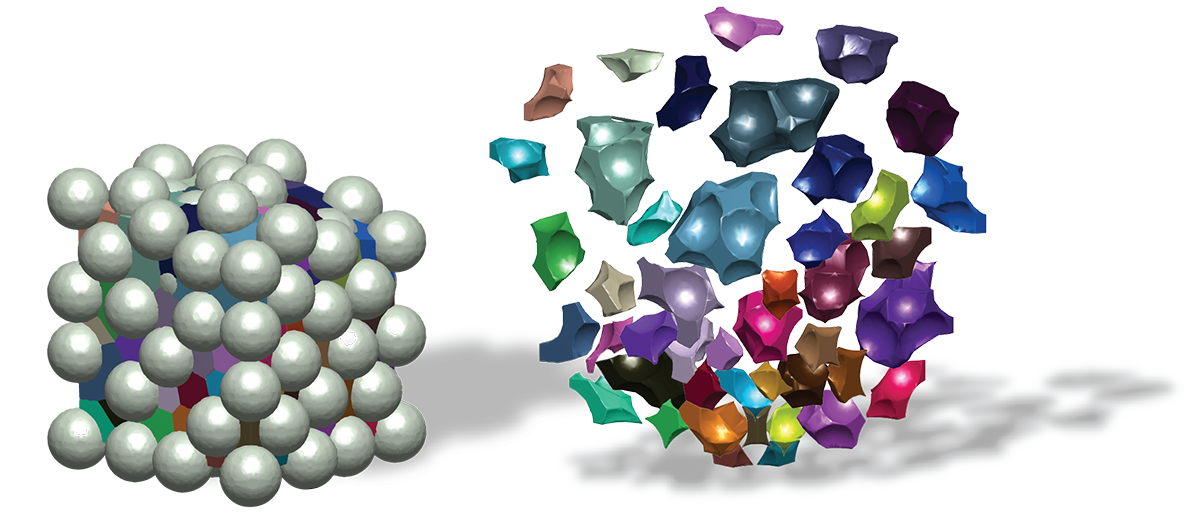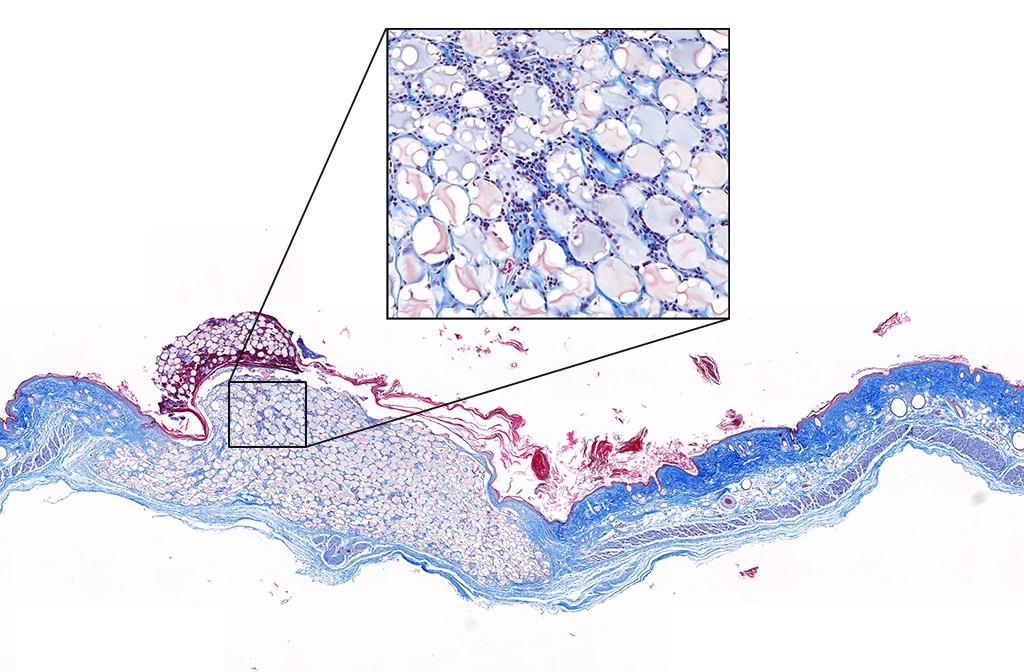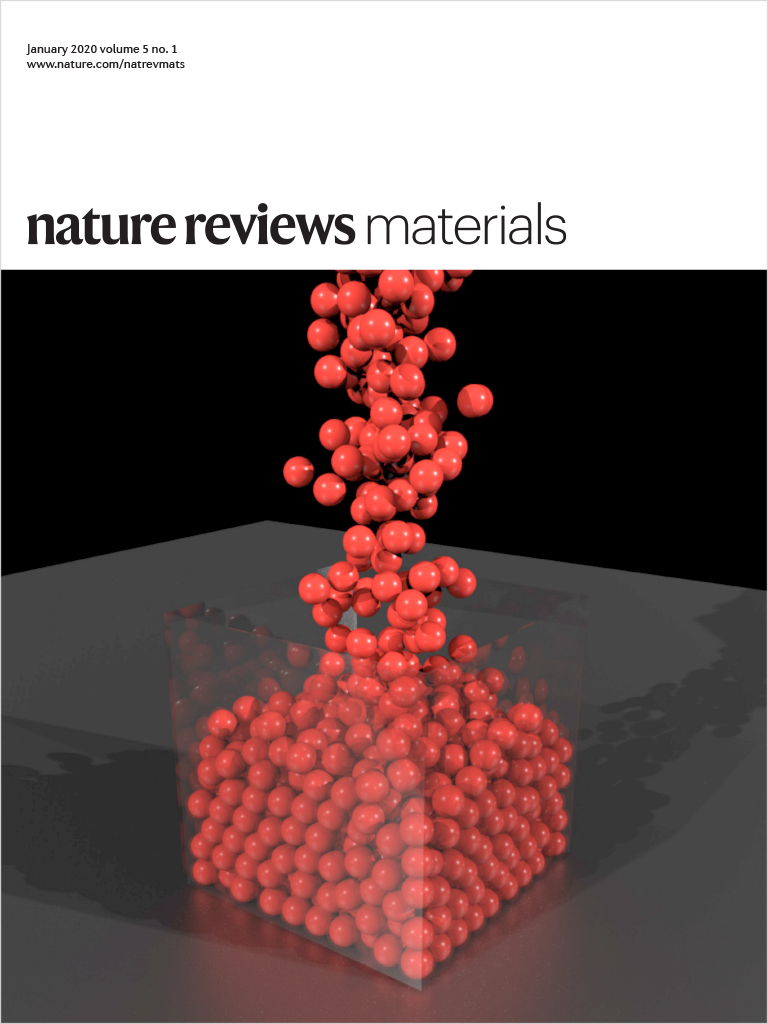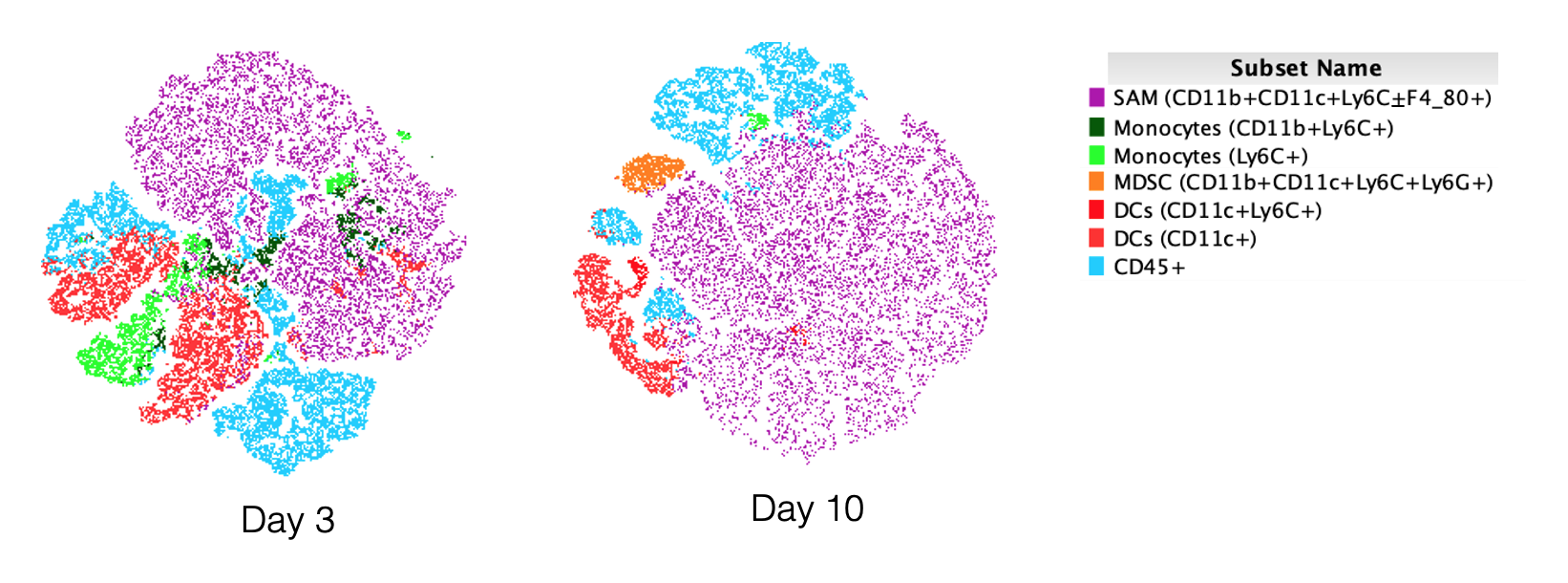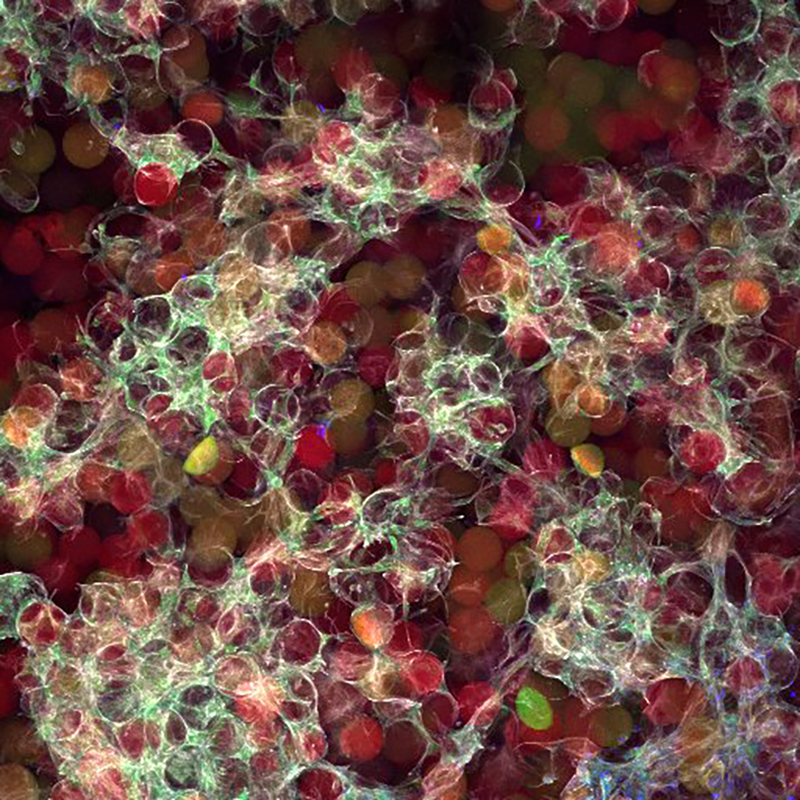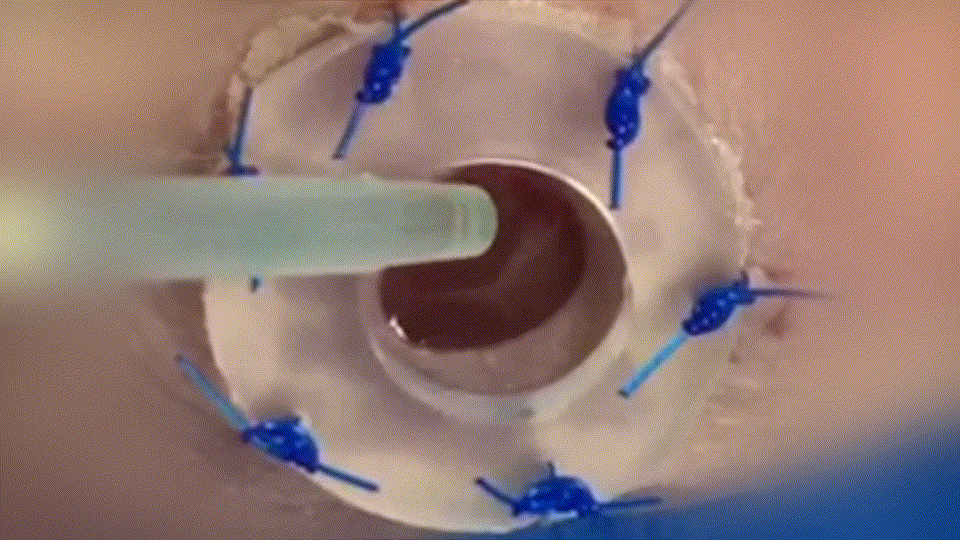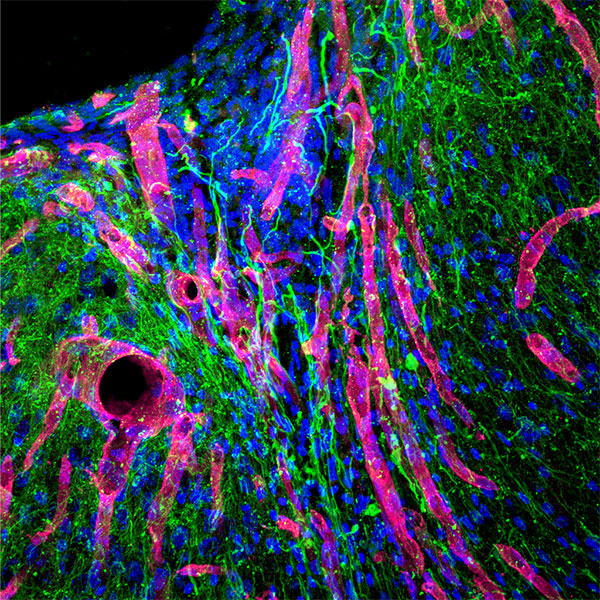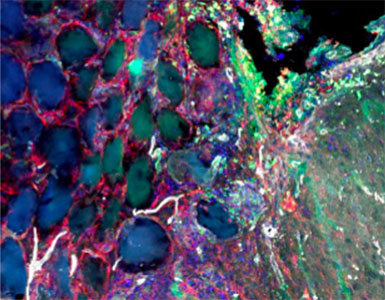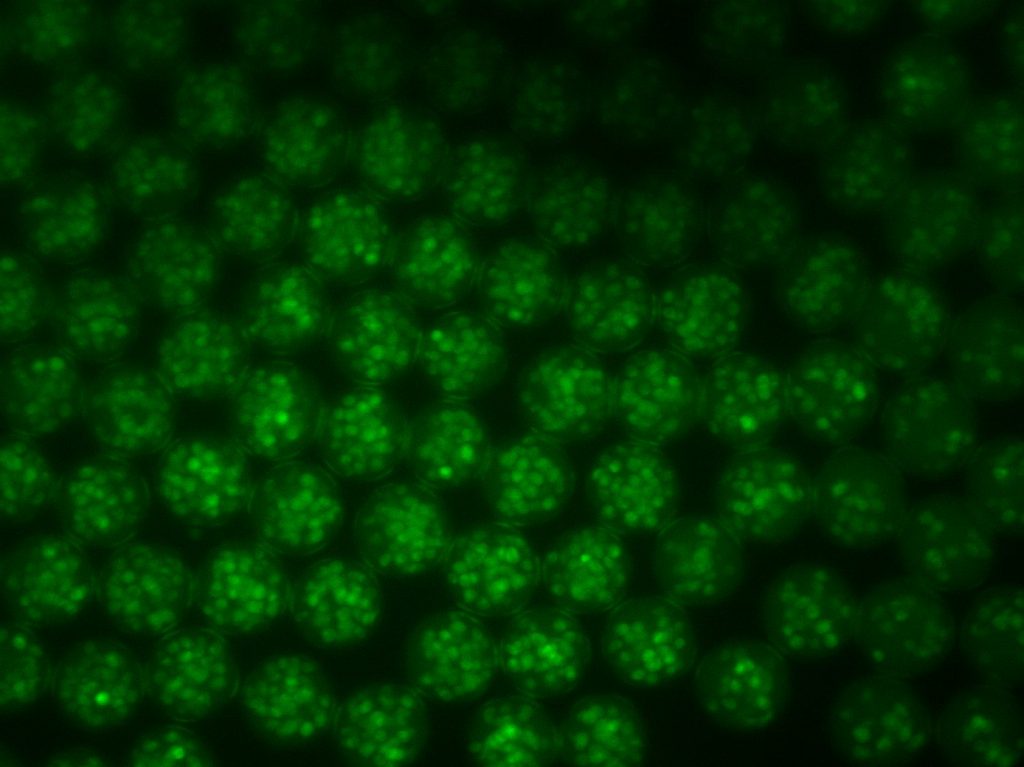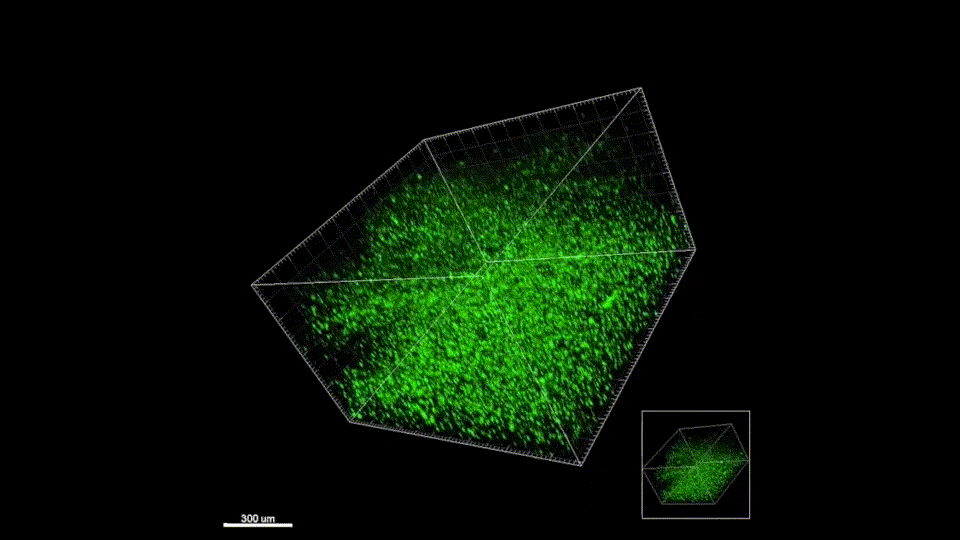DNA delivery from synthetic or natural hydrogels has shown promising results for tissue engineering applications; however, efficient delivery limits the general applicability of this approach. We have designed a hyaluronic acid (HA) and HA/collagen hydrogel that mediates DNA/polyethylenimine (PEI) polyplexes, termed substrate-mediated gene delivery. In the proposed approach the DNA complexes are bound to the surface of the hydrogel were the cell attach by i) tethering of the DNA/PEI complex through functional groups that are present in a fraction of the condensing PEI polymers (biotin) and the HA/collagen hydrogel (neutravidin) or ii) by nonspecific binding the DNA/PEI complexes to the hydrogel using the electrostatic attraction between the polyplexes and the surface of the hydrogel. In both approaches the DNA is not directly immobilized to the hydrogel surface rather it is bound through electrostatic interactions between the DNA and the cationic polymer. In addition, a mechanism for specific interactions between the polyplex and the cells was introduced using RGD modified PEI. We have previously proven this delivery strategy by immobilizing DNA polyplexes to a polystyrene susbtrate that also supported cell attachment. We moved to hyaluronic acid hydrogels with the motivation of translating this strategy to a biocompatible substrate to be used in tissue engineering applications.
Combining nanofiber vaccine and MAP scaffold technology to reduce inflammatory cytokines
From Pablo’s lab diary:








